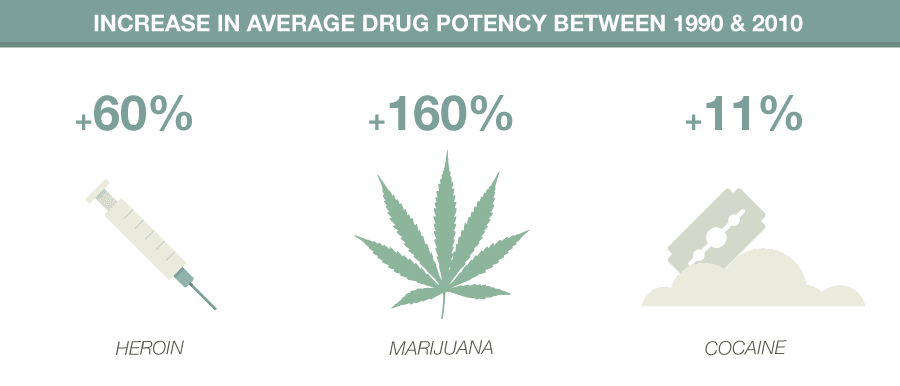Dressed in a button-down and slacks, Michael Findeis sits forward in his chair, his voice a permanent whisper as he describes the journey of the brain through addiction and recovery. Behind him on the wall hang two diplomas—a master’s degree in social work and another in psychology. Beside him sits Ryan Drake, a man roughly half his age, arms scrawled with tattoos. As Drake, CEO of Emerald, speaks his words ricochet off the walls.
Both men work at the Salt Lake-based Emerald Improvement Wellness Center, and both are recovering addicts.
“Addiction is no respecter of person,” Findeis, the center’s program director, explains.
Not only is this reality reflected in Emerald’s staff, but among its clientele as well. Included in those who arrive each day for group therapy and one-on-one sessions with staff members are representatives from every nook and cranny of society. Some are religious, others atheist. Some are powerful executives, their Maseratis parked outside. Others have never had a full-time job and have to be picked up. But these differences are discarded at the entrance like checked bags. Instead, the emphasis becomes what unites each person there—namely the ability to rationalize and justify a habit bent on dismantling their lives.
Addiction Demographics

Age is also no longer the predictor of addiction as it was in the past. Joining the ranks of substance abusers in unprecedented numbers are those between the ages of 50 and 59.[2] The reason can be traced to a single source: opioids. According to research, nearly half of those currently seeking treatment for opioid addiction are baby boomers over the age of 50.[3]
Much of the universal nature of addiction, which Findeis describes as “rampant” in today’s society, can be traced back to the accessibility and addictive power of today’s drugs. Using drug surveillance data collected by seven countries, a 2013 study published in the British Medical Journal revealed that between 1990 and 2010 alone, the inflation-adjusted street price of heroin, cocaine and marijuana plummeted by some 80 percent, while potency climbed by 60, 11 and 160 percent.[4]
Gone are the days of single-substance abuse, says Findeis, who has been working in the field in Utah for 30 years. When he first started, Findeis explains most clients were being treated for alcohol or marijuana abuse. Things changed in the early 90s when meth came on the scene. Now most of the clients he sees are working to detangle a web of multiple addictions.
Today’s Drug Addict

Lagging behind these trends is society’s image of an addict, which remains stubbornly that of a low-income male often in his 20s or 30s, as well as those living on the streets. According to Findeis, the problem is two-fold. “For one, it stigmatizes,” he said. The other less obvious problem is that those who don’t fit the stereotype use it to dodge the reality of their own addiction. “They think, ‘Well, I’m not like them’,” said Findeis. And when that happens, it can be much harder to admit to needing help.
If there’s an upside, Findeis says that for those meeting together as a group, the diversity that is clearly on display is a tangible reminder that the addict is not alone. “I’ve seen individuals from every subset of society through the years. And really, there’s no difference.” The amount of resources available to a person might differ, but that is where it ends. “At the core, an addict’s an addict.”
Finding Help for Addiction
No matter yours or your loved one’s drug of choice, yearly income or social standing, if you struggle with substance abuse, you need help. Our admissions coordinators are available 24 hours a day to answer your questions about addiction treatment. You are not alone. Call us now.
[1] Centers for Disease Control and Prevention. “Vital Signs: Demographic and Substance Use Trends Among Heroin Users — United States, 2002–2013,” July 10, 2015. Accessed April 14, 2017. https://www.cdc.gov/mmwr/preview/mmwrhtml/mm6426a3.htm
[2] National Institute on Drug Abuse. “Monitoring the Future Survey: High School and Youth Trends,” December 2016. Accessed April 14, 2017. https://www.drugabuse.gov/publications/drugfacts/monitoring-future-survey-high-school-youth-trends
[3] Ed Cara. “Nearly Half of Those Seeking Treatment for Opioid Addiction are Baby Boomers Over 60,” Medical Daily, November 24, 2015. Accessed April 14, 2017. http://www.medicaldaily.com/nearly-half-those-seeking-treatment-opioid-addiction-are-baby-boomers-over-50-362908
[4] BMJ Journals. “The temporal relationship between drug supply indicators: an audit of international government surveillance systems,” September 2013. Accessed April 14, 2017. http://bmjopen.bmj.com/content/3/9/e003077.full
Written by Tamarra Kemsley


